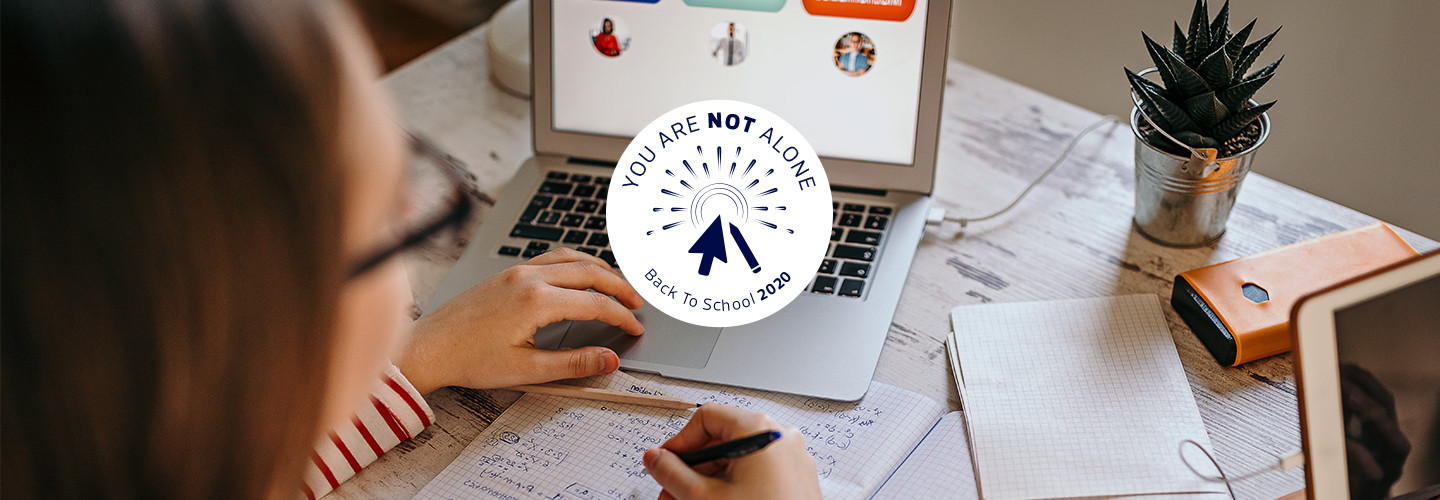When stay-at-home orders and physical distancing were implemented earlier this year, many schools scrambled to transition to remote learning. But not the Academy of Our Lady of Peace, where I serve as technology director.
The academy — the oldest high school in San Diego and the only all-girls school south of Los Angeles — already had technology in place that enabled us to seamlessly pivot to online instruction. We had zero downtime, and our 750 students didn’t miss a single day of learning.
One reason for our success was that we were already fully in a cloud environment. We began the transition to cloud-based solutions a few years ago when our Microsoft Exchange Server reached its end-of-life status. Instead of automatically investing in a new onsite server, we moved forward with G Suite for Education because of its intuitive interface and robust back-end administrative capabilities.
This transition also jump-started the evaluation of all of our onsite database solutions. We worked with each vendor to find a securely hosted web version of their product without any client or plug-in requirements for end users. If a vendor couldn’t meet our requirements, we sought out one that could. One of the biggest challenges we had to navigate was finding solutions that were compliant with both the Payment Card Industry Data Security Standard and Service Organization Control 2.
All students, faculty and staff have remote access to G Suite, which also helped make the transition to virtual learning much easier. Our users were already comfortable with web-based resources, which allowed us to focus our attention solely on what we needed to add for a successful synchronous virtual learning environment for all classes.
17
The number of school districts, among the nation’s 20 largest, that are starting the new school year with remote learning only as of Aug. 6
Source: edweek.org, “School Districts’ Reopening Plans: A Snapshot,” Aug. 6, 2020
Equipping Students and Teachers for Remote Learning
When we launched our BYOD program in 2014, we crafted minimum requirements for each student’s device: Systems could not be more than 4 years old, and they needed at least 1 gigabyte of RAM, 1024x768 screen resolution, 802.11 g/n Wi-Fi and a Chrome browser. With these requirements, we know students’ laptops would be reliable and could easily serve as the main tool they’d need to learn at home.
A week before the campus shut down, we stocked up on webcams and document cameras for our teachers so they could teach online. During the first few days of remote learning, I was able to pinpoint other tech needs that our students, faculty and staff had (such as headphones or replacement laptops) and immediately started shipping these items to their homes. For teachers who had Wi-Fi connectivity issues, we shipped CAT 6 cables and USB-C adapters to hard-wire their connection for better reliability.
Rather than post prerecorded videos and lectures for students to watch, our faculty provide live, synchronous learning online through Zoom, which enables them to continue teaching as if they were in the classroom. To meet our needs, we upgraded to the full version of Zoom, which provides additional functionality such as recording sessions as well as better security, including the ability to lock settings for all users. Zoom can also host large virtual gatherings for all-school announcements or parent meetings.
READ MORE: Learn how to improve remote learning experiences for students.
Keeping Would-Be Hackers Out of the Zoom Room
We put additional protections in place to deter hackers from breaking into videoconferences, and we require every Zoom Room to be password protected. Teachers must use the waiting room feature. We also require students to use their full name on their account and as their display name. Faculty share the links to their Zoom classrooms only through our secure learning management system, and admit only students whom they recognize as members of their class.
We resolve most tech support needs through direct communication or by making resources (such as recorded demonstrations or how-to manuals) available within our LMS. We also consolidated all information related to working virtually into one Google Doc, providing a central place for our users to find tech resources that we have site licenses for, along with access to direct tech support for those tools. We have also included instructions on how to check voicemail remotely, as well as information about how to collaborate within G Suite and post assignments online.
The transition to remote learning can be bumpy, but it can happen successfully. Our schools can add value for their current and prospective students by having a robust and easy-to-use remote learning platform in place.











